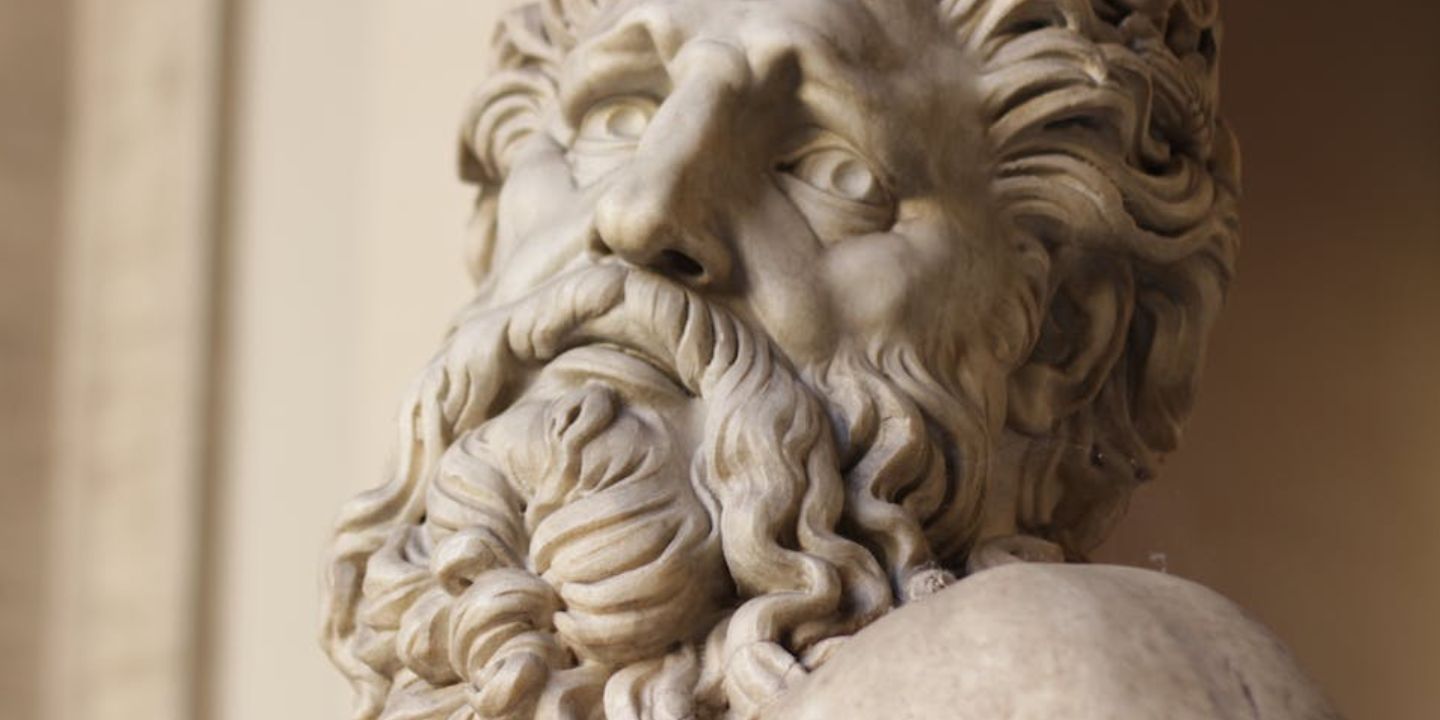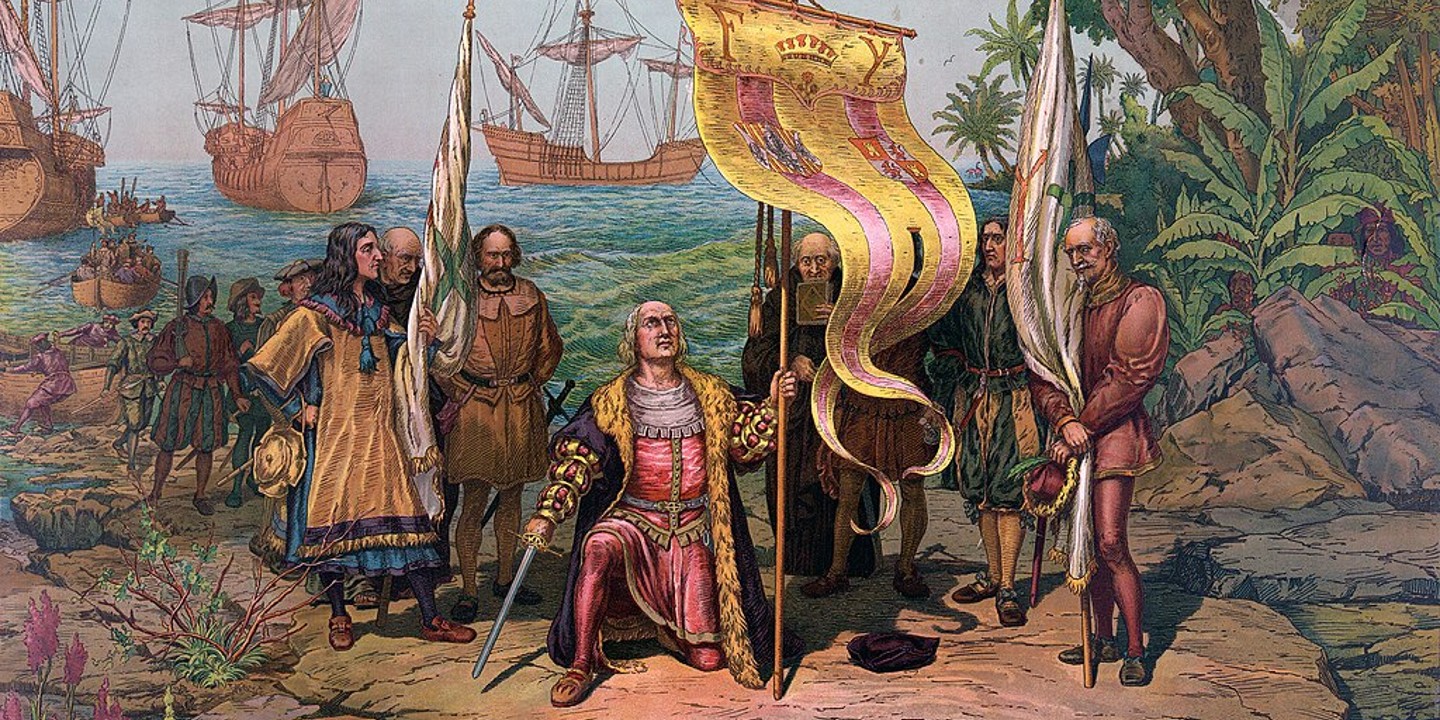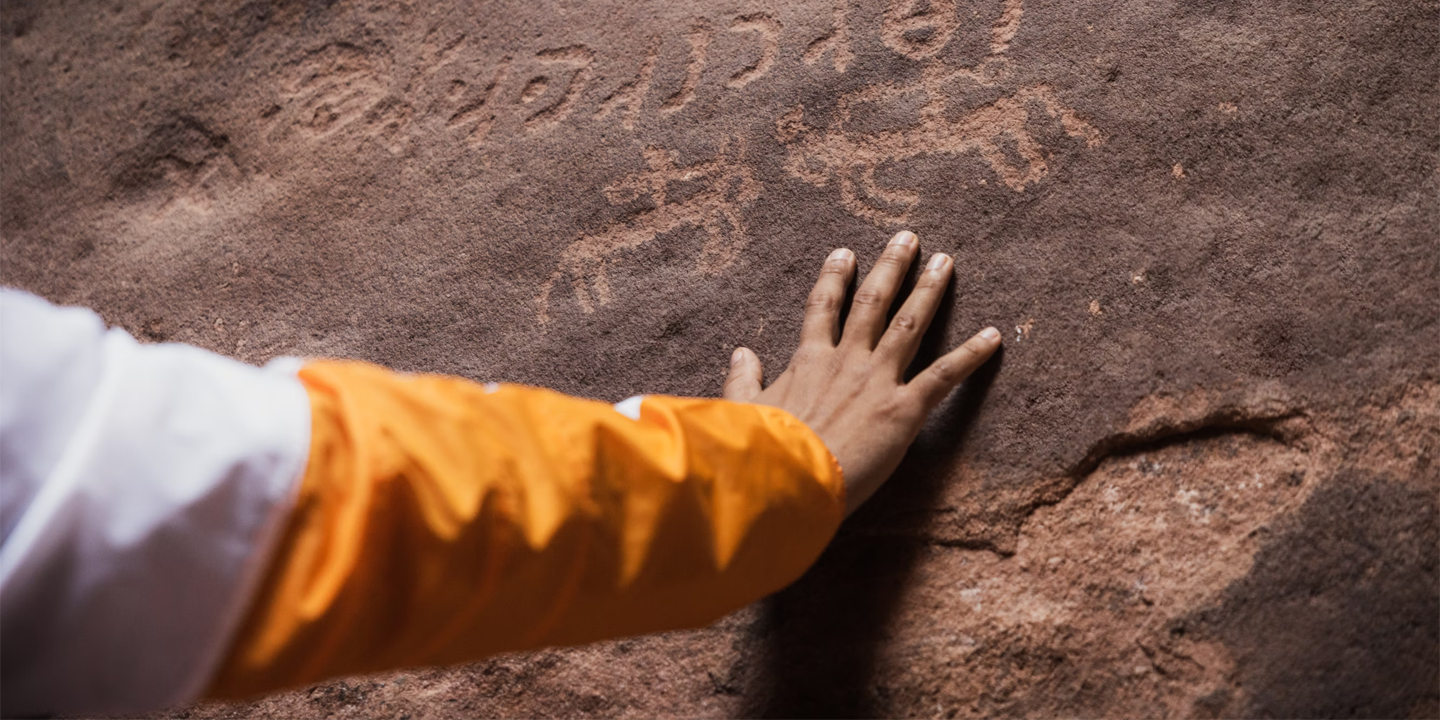Gandhi's Story, Off The Record
Mahatma Gandhi, a central figure in India's independence movement, is known for his philosophy of nonviolent resistance. But his life stretched far beyond politics, shaped by personal choices and convictions that rarely make it into popular accounts. If you are into background stories of historical figures, we are here with 20 lesser-seen facts about Mahatma Gandhi. Each story reveals a more complete and often surprising picture of his journey.
1. Early Years In Porbandar
In the coastal town of Porbandar, Gujarat, a boy named Mohandas Karamchand Gandhi was born on October 2, 1869. The calm blue sea and bustling harbor framed his early surroundings. He grew up in a deeply religious Vaishnav family.
2. Childhood Shyness
Few would expect a future leader to fear speaking in public, yet young Gandhi often rushed home from school to avoid interaction. Solitude was his preference, social gatherings his discomfort. Over time, activism would turn this reserved nature into an unshakable voice for millions.
 Unknown authorUnknown author on Wikimedia
Unknown authorUnknown author on Wikimedia
3. Marriage At 13
At just 13, Gandhi entered an arranged marriage with Kasturba Makhanji. Their union, shaped by family tradition, grew into a lifelong partnership. Together, they raised four sons, and Kasturba herself emerged as a strong activist. She often led movements when her husband was away.
 Unknown authorUnknown author on Wikimedia
Unknown authorUnknown author on Wikimedia
4. Vegetarian By Choice And Principle
A vegetarian diet was part of Gandhi's religious upbringing, but in England, it became a conscious ethical commitment. Joining the London Vegetarian Society deepened his conviction. Gandhi began writing extensively on the moral value, which turned personal practice into a public philosophy.
5. Gandhi Once Considered Becoming A Doctor
Before settling on law, Gandhi briefly considered studying medicine. However, his deeply held belief in nonviolence conflicted with the idea of dissecting cadavers, which was required in medical training. That moral dilemma led him to abandon the idea, steering him toward law and, eventually, activism.
 Unknown authorUnknown author on Wikimedia
Unknown authorUnknown author on Wikimedia
6. Transformative Experience In South Africa
Gandhi’s removal from a train carriage in 1893, an act of racial discrimination, became a defining moment. It sparked his lifelong fight against injustice. His 21 years in South Africa shaped his ideas, which led to the creation of Satyagraha, a principle of moral and nonviolent resistance.
 Unknown authorUnknown author on Wikimedia
Unknown authorUnknown author on Wikimedia
7. He Was Awarded A War Medal By The British
Despite his later opposition to British rule, Gandhi volunteered during the Boer War in South Africa. He organized the Indian Ambulance Corps and served as a stretcher bearer. For his service, he received the Queen’s South Africa Medal—a surprising honor for a future anti-colonial icon.
8. Coined The Concept Of Satyagraha
Meaning “truth-force” or “soul-force,” Satyagraha was Gandhi’s answer to injustice. First applied during the 1906 Transvaal campaign, it rejected violence while demanding change. This approach became the central strategy of his political movements and influenced struggles for justice far beyond India.
9. Simple Lifestyle Advocate
Hand-spun khadi became Gandhi’s symbol of independence and self-reliance. In his ashrams, simple living, manual labor, and self-sufficiency formed the core of daily life. Such discipline sent a powerful message against the dependency imposed by colonial rule.
 Unknown authorUnknown author on Wikimedia
Unknown authorUnknown author on Wikimedia
10. Supporter Of Women’s Rights
Equality, in Gandhi’s view, meant women had the same strength and spirit as men, and he urged them into political engagement. Kasturba Gandhi’s leadership in protests stood as proof of this. He championed girls’ education, with a strong focus on underserved rural areas.
 Unknown authorUnknown author on Wikimedia
Unknown authorUnknown author on Wikimedia
11. Gandhi’s Bad Handwriting
Despite his sharp intellect, Gandhi's handwriting was notoriously poor. He later admitted this flaw in his autobiography, calling it “shameful.” Gandhi then urged his students to cultivate good penmanship as a reflection of discipline and clarity.
12. Imprisoned Multiple Times
Civil disobedience came at a heavy cost: over 2,000 days behind bars. Charges ranged from sedition to defying colonial laws. Jail was never idle time; Gandhi wrote and even began his autobiography there. That turned confinement into an extension of his political and intellectual work.
 Unknown authorUnknown author on Wikimedia
Unknown authorUnknown author on Wikimedia
13. Nominated For The Nobel Peace Prize—But Never Won
Gandhi was nominated five times for the Nobel Peace Prize—in 1937, 1938, 1939, 1947, and posthumously in 1948. However, he never received the award. The Nobel Committee later expressed regret, acknowledging that his assassination in 1948 left them with no suitable living candidate.
14. Studying Law In A City Haunted By The Ripper
When Gandhi arrived in London in 1888 to study law, the city was still reeling from the infamous Jack the Ripper killings. He lived just miles from Whitechapel, where the crimes occurred. Amid this chaos, Gandhi took dancing lessons and mingled with Victorian society—an odd juxtaposition for the future icon of peace.
 Christine Matthews on Wikimedia
Christine Matthews on Wikimedia
15. Global Influence On Civil Rights Movements
Gandhi’s methods traveled far beyond India, inspiring Martin Luther King Jr., Nelson Mandela, and others. His principles influenced anti-apartheid efforts and countless justice movements worldwide. Decades later, peace activists still draw on his philosophy to challenge injustice without resorting to violence.
 Unknown authorUnknown author on Wikimedia
Unknown authorUnknown author on Wikimedia
16. Gandhi Traveled With His Goat
Due to health concerns and dietary restrictions, Gandhi drank only goat’s milk. To ensure purity, he sometimes traveled with a goat—though this was more symbolic than routine. The gesture reflected his deep commitment to simplicity and self-reliance.
 Unknown authorUnknown author on Wikimedia
Unknown authorUnknown author on Wikimedia
17. Advocated For Untouchables’ Rights
Calling them “Harijans” or “Children of God,” Gandhi fought against caste-based discrimination. He launched schools and upliftment initiatives for marginalized communities. While his approach faced criticism from both ends of the political spectrum, it marked a sustained effort to address deep-rooted social inequality.
 Unknown authorUnknown author on Wikimedia
Unknown authorUnknown author on Wikimedia
18. Practiced Fasting As Protest
For Gandhi, fasting was both a moral and political tool. Some fasts lasted weeks, including one of 21 days. Intended to influence leaders or calm communal tensions, these acts combined spiritual discipline with a visible, nonviolent form of resistance.
19. Gandhi Was Nearly Lynched In South Africa
In 1897, after returning to Durban from India, Gandhi was attacked by a white mob angry at his activism. He was beaten and narrowly escaped serious injury. When the local governor offered to press charges, Gandhi refused—choosing not to pursue personal justice through the courts.
 Unknown authorUnknown author on Wikimedia
Unknown authorUnknown author on Wikimedia
20. Advocate Of Interfaith Harmony
Religious diversity was, for Gandhi, a strength to be nurtured. He attended prayers from various faiths, affirming that each carried elements of truth. Rejecting coercive conversions, he instead used public prayer meetings as platforms to encourage understanding and unity among communities divided by belief.
KEEP ON READING

The 20 Most Recognized Historical Figures Of All Time
The Biggest Names In History. Although the Earth has been…
By Cathy Liu Oct 4, 2024
10 of the Shortest Wars in History & 10 of…
Wars: Longest and Shortest. Throughout history, wars have varied dramatically…
By Emilie Richardson-Dupuis Oct 7, 2024
10 Fascinating Facts About Ancient Greece You Can Appreciate &…
Once Upon A Time Lived Some Ancient Weirdos.... Greece is…
By Megan Wickens Oct 7, 2024
20 Lesser-Known Facts About Christopher Columbus You Don't Learn In…
In 1492, He Sailed The Ocean Blue. Christopher Columbus is…
By Emilie Richardson-Dupuis Oct 9, 2024
20 Historical Landmarks That Have The Craziest Conspiracy Theories
Unsolved Mysteries Of Ancient Places . When there's not enough evidence…
By Megan Wickens Oct 9, 2024
The 20 Craziest Inventions & Discoveries Made During Ancient Times
Crazy Ancient Inventions . While we're busy making big advancements in…
By Cathy Liu Oct 9, 2024









